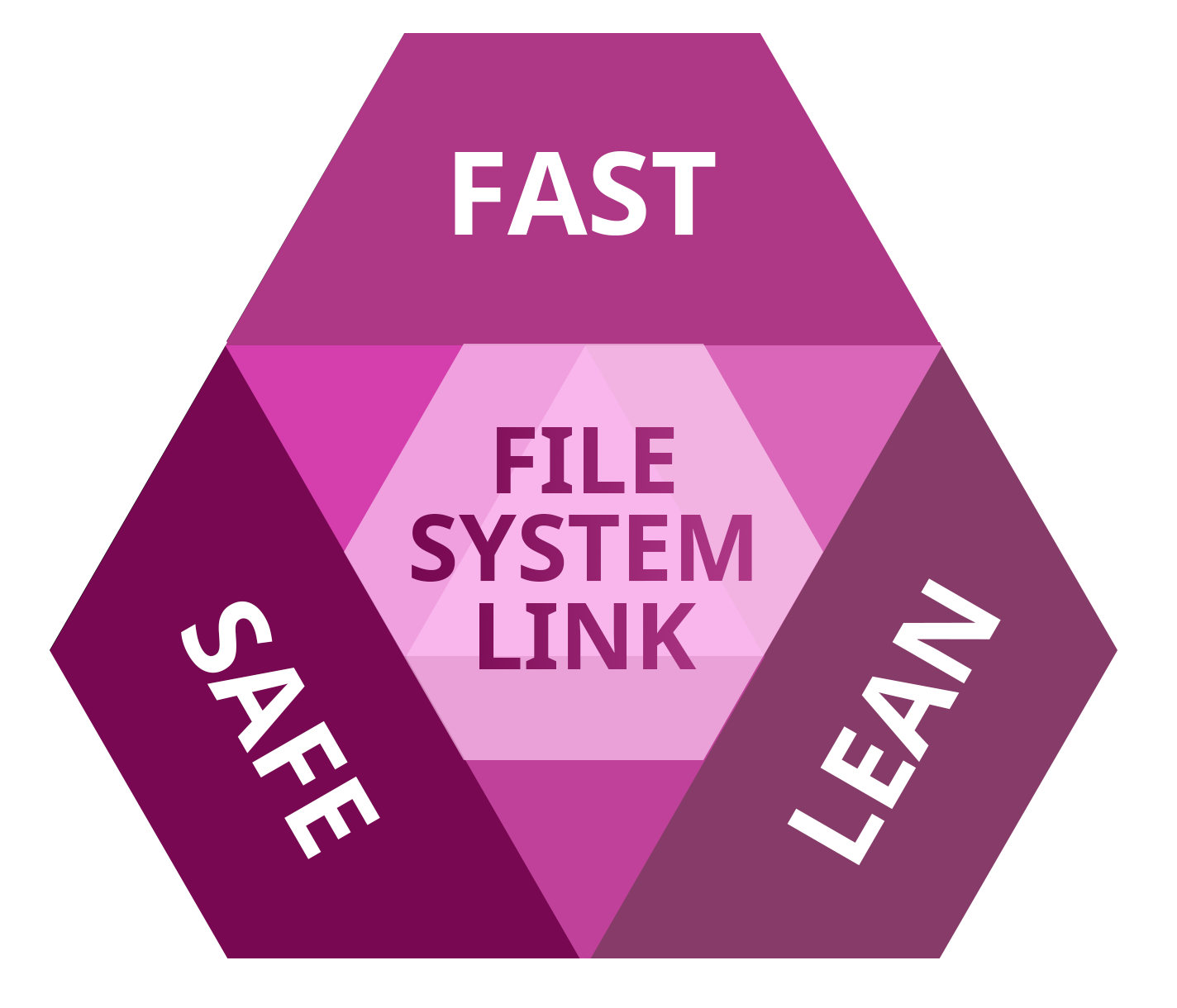

- #Linux software for mac mac os#
- #Linux software for mac update#
- #Linux software for mac driver#
- #Linux software for mac mac#
#Linux software for mac mac#
If you break your piggy bank and by the look of your fortunes, you can afford a Mac OS, then go for it.
#Linux software for mac driver#
The involved Linux distro vendors have seen Linux’s power and potential and are happy to package the OS with the needed driver support. However, Linux had to fight its way to this rank as it was previously struggling with driver-software compatibility. The Linux software universe now offers infinite driver support. This stability is responsible for its high software-hardware performance. The objective of this approach is to have a stable hardware-software integration.
#Linux software for mac mac os#
Mac OS relies strictly on Apple-made hardware.

Hardware Support Switch between Intel and Nvidia in Ubuntu MATEīoth operating systems get a round of applause in this section. Mac OS, however, can only work with high-end machine hardware. Regardless of both operating systems’ good performance and stability scores, it is clear that Linux can accommodate both high-end and low-performing machines. A high-end machine would prefer a resource-hungry distro like Ubuntu or Fedora. Such distros might include the likes of Peppermint or Lubuntu. A light-weight distro would favor old and low-performing machine hardware. These distros perform differently on different machine hardware therefore, the machine property matters. These distros bring different desktop environments that are dependent on the functional objectives of the end-users. The stability and performance of Linux depend on the involved distros.
#Linux software for mac update#
Mac OS is integrated with background system update protocols that contribute to its good and stable performance and OS stability. They are stable performers when assigned regular tasks. In this hand-to-hand combat, both operating systems come out winners. Operational Stability and Performance Ubuntu 18.04 Bionic Beaver Desktop

In terms of these core differences, Linux spreads its wings wider by actively involving the Linux community in developing distros with different desktop environments, software, and drivers. All the software, drivers, desktop environments, and kernels are developed under a single roof. On the other hand, the creation and maintenance of Mac OS are the sole responsibility of Apple engineers. The Linux foundation creates the Linux kernel that constitutes the foundation core, and the numerous volunteers create the Linux distros in the Linux community. We can therefore define Linux as the fusion of a pre-packaged foundation core and a specific Linux distro. This foundation core is then used by the many existing Linux distros like Ubuntu, Fedora, and Arch Linux, which come with their software, drivers, and desktop environments. When we put Linux into the context of this definition, we only get a pre-packaged foundation core. In the simplest term, an operating system is the combination of hardware, software, and protocols for their communication and operation. However, the definition of an operating system does not fully define Linux. It is from where the operating system comes to life when booted or powered up. What better way to know someone than glaring straight into their heart? The heart of an operating system is the core. The Core Differences Fedora Boot Loader showing Linux Kernel Versions It’s time to roll the dice on the first comparative topic. The final verdict will be in regards to performance flexibility and stability. However, the preferences might favor one operating system over the other. Since we are here to neither shame Linux nor macOS, we will look at the preference each operating system brings to the table when comparatively analyzed.


 0 kommentar(er)
0 kommentar(er)
